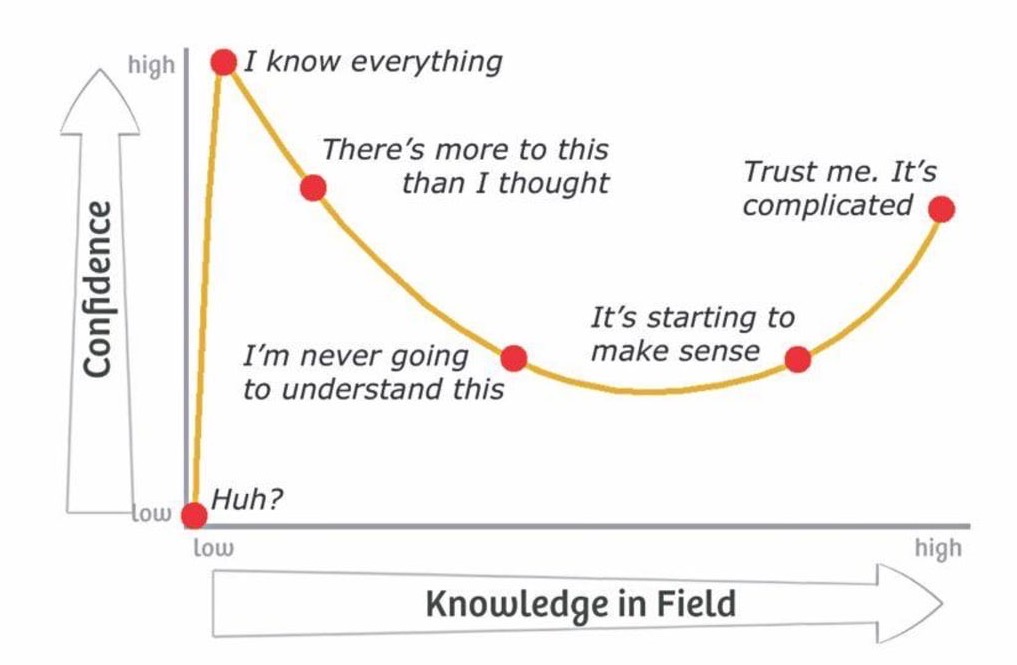Some thoughts on advancing your knowledge by moving on from the vendor-specific CCNP Wireless to the vendor neutral CWNP.
I obtained my CCNP Wireless before Cisco changed the whole certification-system in February 2020,. This text is most relevant if you as a reader also finished this track before that date.
The two certification-paths
Let’s compare the two certification paths.
Both start (or started) with an associate-level exam and proceed with a couple of professional level exams:
The CWNP-Track:
CWNA – Certified Wireless Network Administrator
CWAP – Certified Wireless Analysis Professional
CWDP – Certified Wireless Design Professional
CWSP – Certified Wireless Security Professional
The Cisco CCNP Wireless-Track:
CCNA Wireless
Training/Exam WIDEPLOY (now ENWLSI)
Training/Exam WIDESIGN (now ENWLSD)
Training/Exam WISECURE (not available any more)
Training/Exam WITSHOOT (not available any more)
The Associate Level
The training that prepared for the CCNA Wireless was Cisco Wireless Fundamentals (WIFUND) which is replaced by the WLFNDU nowadays.
While the Cisco training teaches both Wireless fundamentals and basics of Wireless configurations, the CWNA training focuses completely on the fundamentals in a depth that goes far beyond the Cisco training.
My estimate is that the Cisco fundamentals cover about a third to a half of what you need to know for the CWNA. And the amount of material for the CWNA is huge, the CWNA Study Guide from Sybex is over 1000 pages.
These are the Basics, where probably many learners will think “I will never need it in this depth”, but will be happy later to have studied this as it really helps understanding the next topics in Wireless networking.
The Professional level
Here we have some similarities and also some big differences:
The Design-Part CWDP
Within the Cisco-Track there was the WIDESIGN training and exam which was replaced with the ENWLSD. When preparing for the WIDESIGN exam I asked myself hundreds of times “what do they want from me”. The courseware was a mess and while preparing for the exam I always switched between the Cisco design guides and the courseware. In my opinion, this was the hardest exam in the CCNP Wireless track as I had no idea what to expect. (Yes, still after having done far more than 100 Prometric-exams before).
For CWDP I only used the official book from Certitrek. I would consider this book to be of very poor quality (which is quite common nowadays, I think all publishers don’t pay any money for lecturers to find and correct the mistakes in the books). Still, it was a very good exam-preparation. I would say, that you could go for the CWDP exam after approximately a week or two of self-study when you finished WIDESIGN or ENWLSD before. Both exams are quite similar.
And compared to Cisco exams, this one was really great as there was only one question of 60 where I think that all four answers were wrong. I do not remember a Cisco exam that was as accurate.
The Security-Part CWSP
The CWNP-Track has the CWSP, the old CCNP Wireless had the WISECURE, but they have nearly nothing in common.
The old WISECURE was teaching more or less how to implement Wireless security with the help of the Cisco ISE. But there was no deeper looking in how this security worked. Having studied for the WISECURE will likely be of very little help when preparing for the CWSP. For the CWSP you really have to know how wireless security works, from basics of cryptography over fast roaming to WIDS and more.
But again, when completely going through the official CWSP book, you should be well prepared.
The Analysis-Part CWAP
This was “the beast”. When studying for my CCIEs, I regularly used Wireshark (or Ethereal which was the name at that time) for packet analysis. But there was nothing needed in that depth when preparing for the CCNP Wireless. And with my work being 90 percent or more on layer 3 and above, this was really challenging.
If protocol analysis is not someone’s daily business and budget for training is limited to one training, I would attend a training for the CWAP.
Did anything from the CCNP Wireless track help for the CWAP? Yes, in WITSHOOT you analyze problems on layer 2 which helps a lot, but it is still far away from the level of knowledge you need for the CWAP.
The official CWAP book was ok, but the material from Peter Mackenzies (@MackenzieWiFi) CWAP-trainig was much better. Combined with Rasika Nayanajiths (@mrncciew) great blog, the preparation was extensive, but probably most important in gaining more wireless knowledge.
Conclusion
With the preparation for the CCNP Wireless I learned lots of wireless basics and how to implement Wireless. But it was the CWNP preparation (especially CWNA and CWAP) that made me look deeper into how Wireless LANs work and gave me many of “oh, that’s how it works” feelings.
Or in different words: If you want to be a Wireless Engineer, you have to go at least for the CWNA, CWAP and CWSP. And it helps to go beyond the first dangerous peak in this well known picture:

Happy learning!
